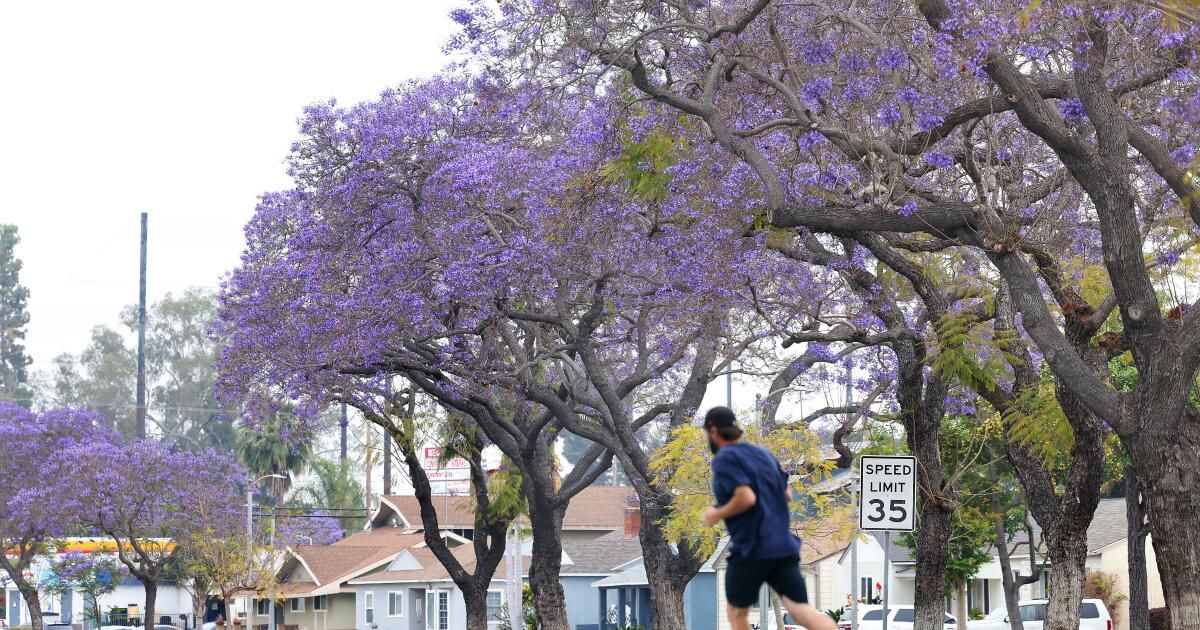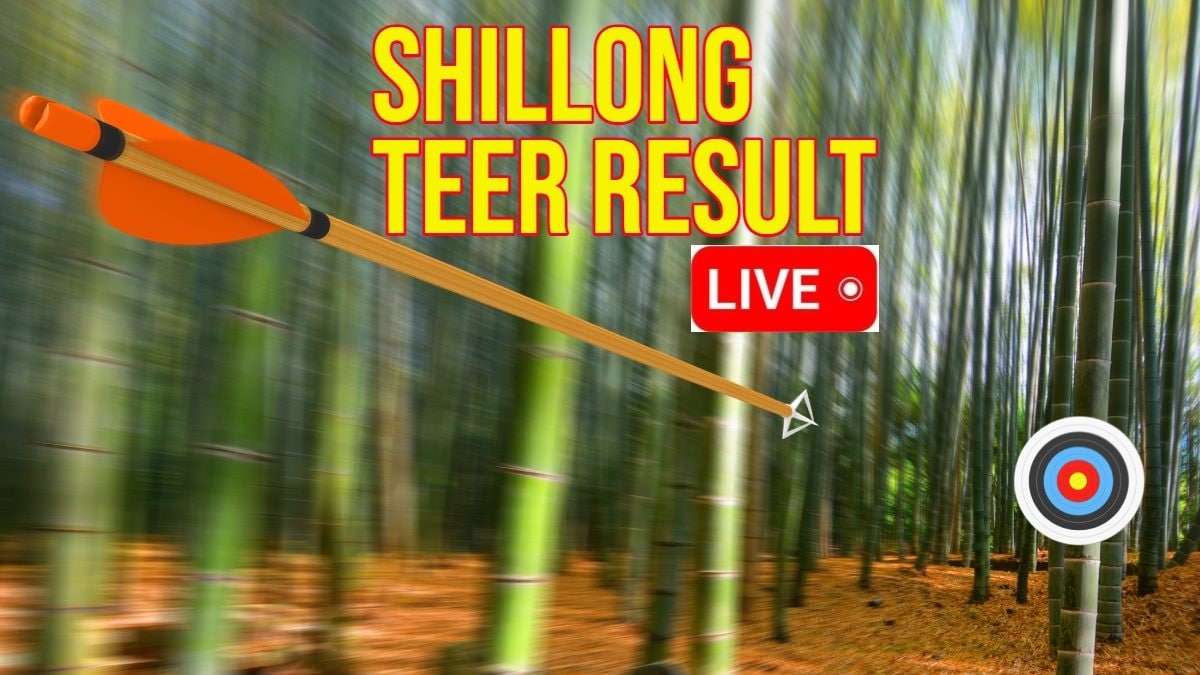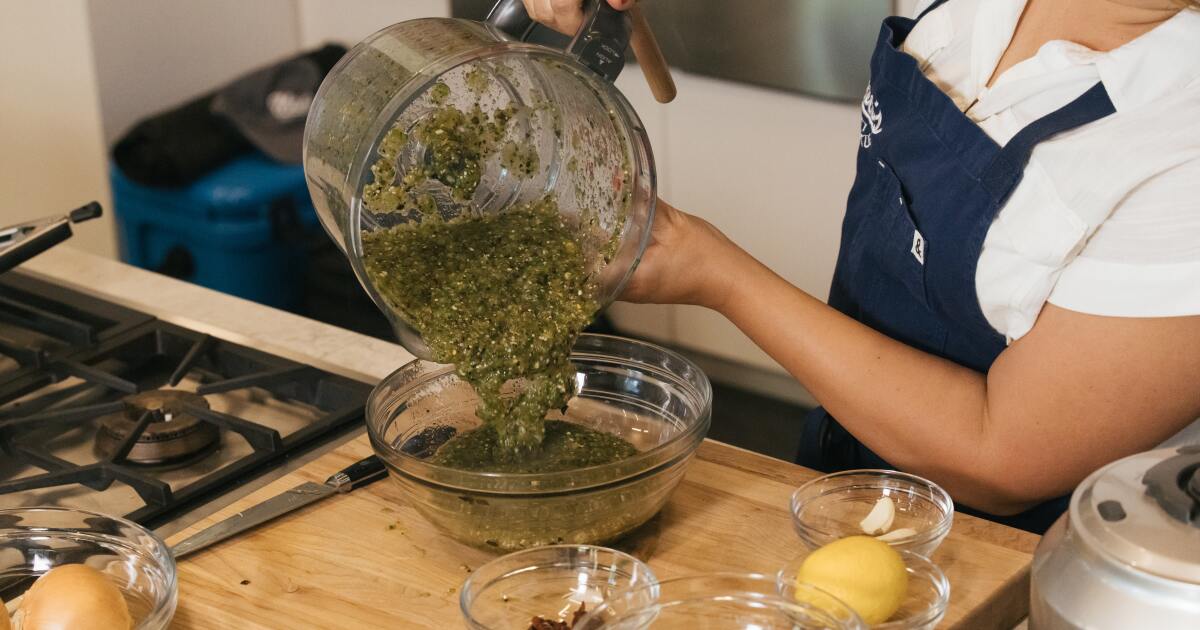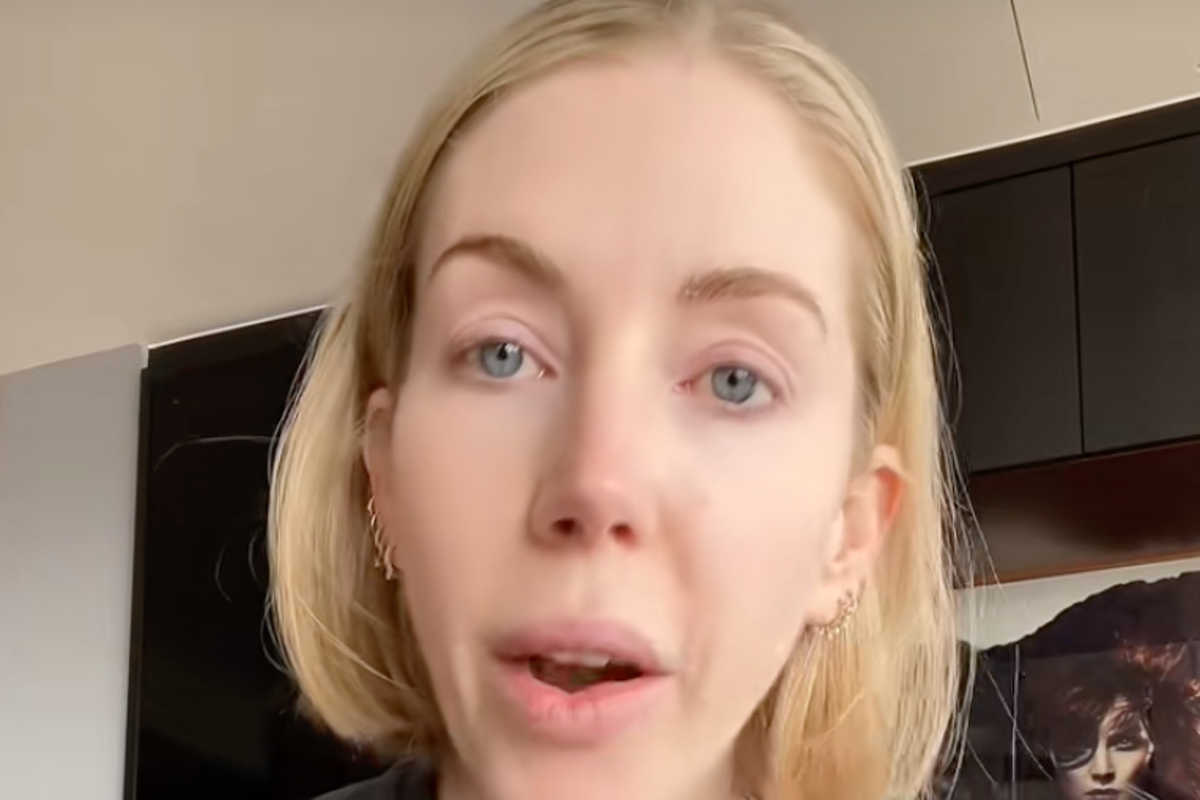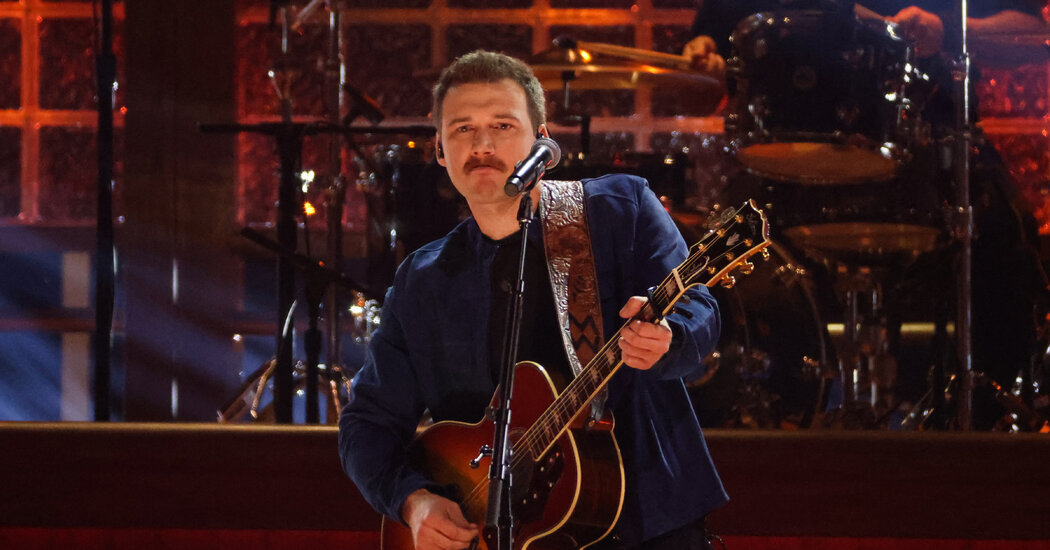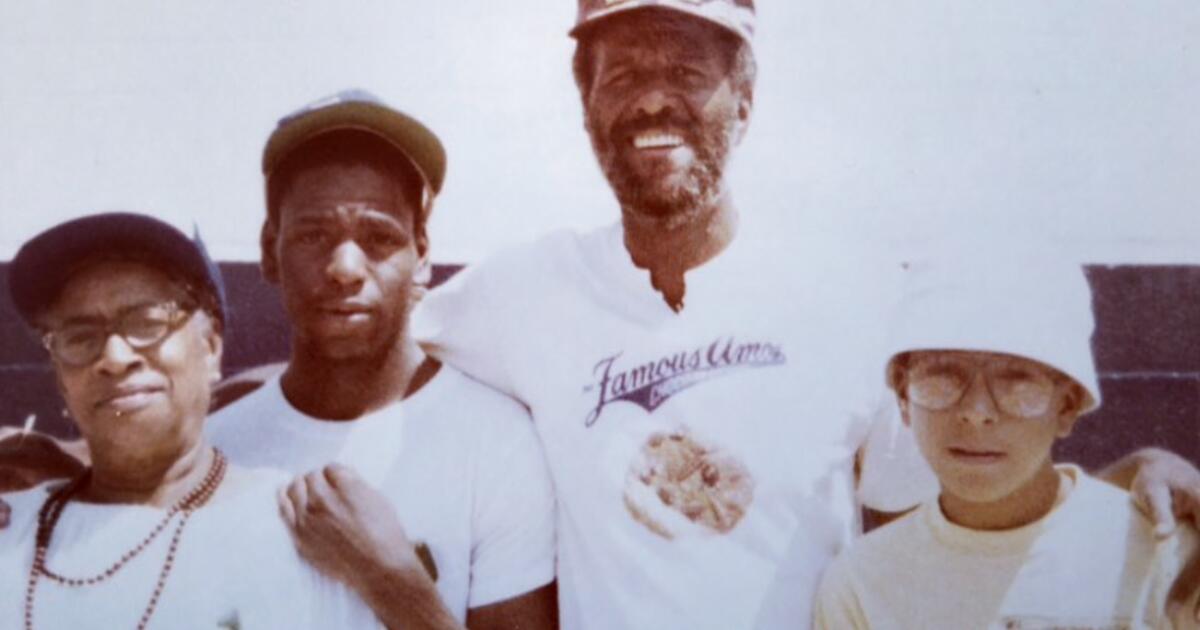Jacarandas have once again burst out with their galvanizing purple-blue blooms, an invitation to feel joy or annoyance, depending on one's perspective on the tree's spectacular but messy blossoms.
This year's bloom came three weeks earlier than last year, which many avid jacaranda hobbyists experienced as later than usual. Gretchen North, a biology professor at Occidental College, says the variable bloom date reflects the non-native status of the tree.
“The thing to keep in mind about tropical trees is that they don't feel at home here,” says North. She explains that jacarandas respond to environmental cues, including heat and light, to determine when to release flowering time proteins that trigger flowering, known as FTs. Because environmental cues are different in Los Angeles than in the native jacaranda savannahs of Argentina and Brazil, the trees here don't bloom according to clockwork.
Instead, they improvise, leading to the fluctuation of jacaranda blossoms on the calendar and block by block throughout Los Angeles. “I live under two jacaranda trees in my house,” says Tim Thibault, curator of woody plant materials at the Huntington. “The plants a block away are blooming, but mine isn't yet.” The San Marino museum has recorded flowering dates as early as January 8, 2010 and as late as July 7, 2016. So far, jacarandas have been seen in bloom along residential streets in East Hollywood, Silver Lake, Venice, Pasadena and Long Beach.
Thibault pays close attention to the date of the tree's first bloom, and not just because that's when he needs to cover his Jeep to avoid the sticky fallen purple flowers. The first day jacarandas bloom is the last day you plant anything until fall. “Jacarandas bloom because it's hot and dry,” he says. “Those are conditions I don't want to try to establish plants in.”
Los Angeles Tree Expert Stephanie Carrie It also marks its botanical calendar with the appearance of the jacaranda flower. As curator of the online arboretum “Los Angeles Trees,” Carrie celebrates the power of jacarandas on Instagram to educate Angelenos about other notable trees that bloom simultaneously, like the vibrant orange coral trees.
Carrie highlights the international adaptability of jacarandas, which have flourished in traditionally moderate climates from San Diego to Cairo. However, from Mexico City comes a warning that the jacaranda's adaptability is not unlimited. Francisco Arjona, curator of the Instagram account “Trees of Mexico City”He notes that this year's drought and heat diminished the jacaranda display that he has long admired in Chapultepec Park. He sees his anguish amplified in other traditionally hardy urban trees, like the Mexican ash. “Their leaves are not open and looking at the sky,” he says. “They are dying very slowly and it is noticeable in April and May.”

